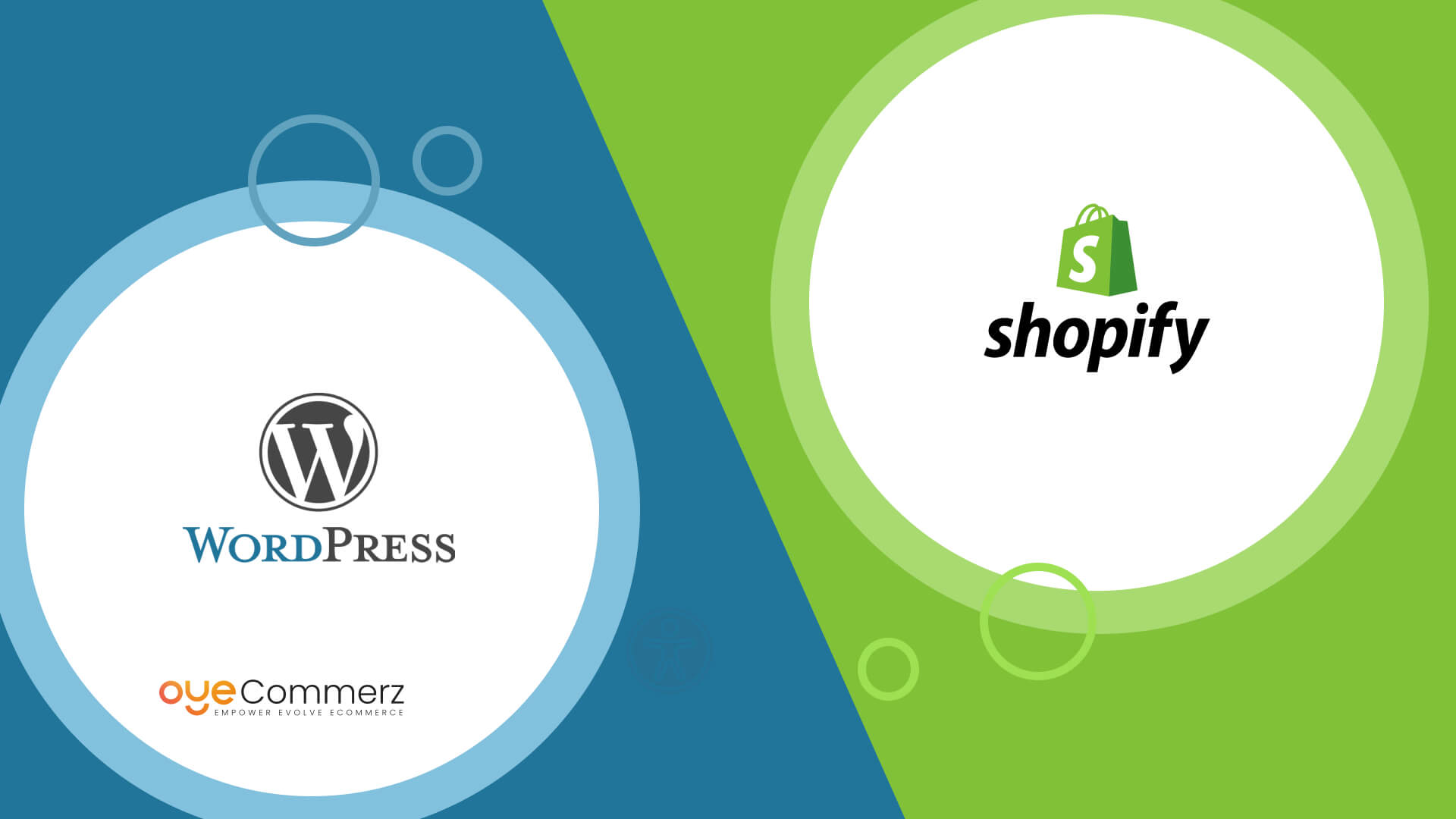Transitioning from WordPress to Shopify marks an exciting step toward streamlining your online store operations. As companies expand, selecting a solution that supports growth potential, user experience, and flexibility is essential. Shopify is widely recognized as a preferred choice for online merchants, providing superior flexibility, data protection, and ease of use. In this guide, we’ll explore why this migration is a game-changer, discuss the benefits, and share practical tips to ensure a smooth move.
1. Why Migrate from WP to Shopify?
WordPress, paired with WooCommerce, has served countless e-commerce platforms. However, as businesses scale, issues like reliance on plugins, data risks, and technical complexities often obstruct growth. Shopify, specifically created for e-commerce, eliminates these concerns with an all-in-one, intuitive solution. Statistics back this shift—Shopify hosts over 4.4 million websites worldwide, with a documented 10% increase in sales performance for many businesses post-switch.
2. Key Benefits of Shopify for E-commerce Success
Shopify’s powerful platform is tailored for expanding businesses. Its notable features include:
- Seamless Customization: Shopify provides over 80 professionally designed themes.
- Built-in Features: Features like Shopify Payments and built-in SEO streamline operations.
- Global Reach: Multi-currency support and localization features enable businesses to expand internationally.
Additionally, Shopify delivers an availability percentage of 99.98%, ensuring your store remains accessible.
3. Preparing for WordPress to Shopify Migration
Prior to starting the migration process, assess your current store. Review product data, client information, and search engine rankings. Tools like Shopify’s Migration Kit or third-party solutions help ease the transition. Develop a detailed strategy, making sure all assets—product descriptions, images, and articles—are ready for seamless import.
4. Data Migration: A Critical Step
Data migration forms the foundation for a smooth transition. When migrating from WordPress to Shopify, focus on:
- Product Information: SKU, item summaries, and groupings.
- Client Information: Emails, order history, and preferences.
- SEO Optimization: Preserve meta tags, URLs, and forwarding paths to maintain search rankings.
Leverage apps like LitExtension to streamline data transfer while reducing mistakes.
5. Tailoring Your Shopify Store to Fit Your Brand
After the move, customizing your Shopify store helps it reflects your Shopify theme customization brand. Utilize Shopify’s drag-and-drop editor to design pages effortlessly. Shopify's themes are mobile-responsive, ensuring a smooth UX across devices—a critical factor, Custom Shopify development given 74% of online shopping is generated by mobile users.
6. Maintaining SEO During Migration
Search engine optimization is crucial for maintaining your online presence during migration. Shopify excels in SEO with organized link formatting, built-in optimization tools, and seamless blog integration. Ensure:
- Set up URL forwarding for old URLs.
- Optimize new pages with keyword-rich content.
- Leverage plugins like Plug in SEO to monitor performance after the switch.
7. Essential Tests After Migrating to Shopify
After finishing the transfer, conduct thorough testing.
Check:- Page load times (Shopify boasts faster speeds compared to WordPress).
- Functionality of payment gateways and checkout processes.
- Mobile responsiveness.
Testing ensures your store provides a smooth shopping experience from the start.
8. Case Study of a Successful Migration
An example of effective platform switching is Gymshark, a sportswear company that moved to Shopify. After the switch, the company saw a 60% increase in mobile sales and reduced site downtime. This highlights the potential of Shopify in driving online business success.
9. Overcoming Common Migration Issues
Migration is not without obstacles, such as information accuracy and reconfiguring custom functionalities. However, Shopify’s robust support and external professionals make overcoming these hurdles manageable. Partnering with experienced Shopify developers ensures a trouble-free transition.
10. Starting Your Journey with Shopify
Switching from WP to Shopify represents a strategic approach to e-commerce. By addressing scalability, streamlining operations, and improving buyer satisfaction, Shopify empowers businesses to thrive in challenging industries.
Final Thoughts
Switching from WordPress to Shopify offers a smart solution that can greatly enhance your online business performance. With a well-structured strategy, the appropriate resources, and expert support, you can unlock new growth opportunities.
Excited to start the journey? Reach out today to learn how our Shopify migration services can transform your online store. Get in touch today, or ask yourself: Can your business afford to miss out on Shopify’s growth potential?

Comments on “Seamless WP to Shopify Migration: Your Ultimate Guide to E-commerce Success”